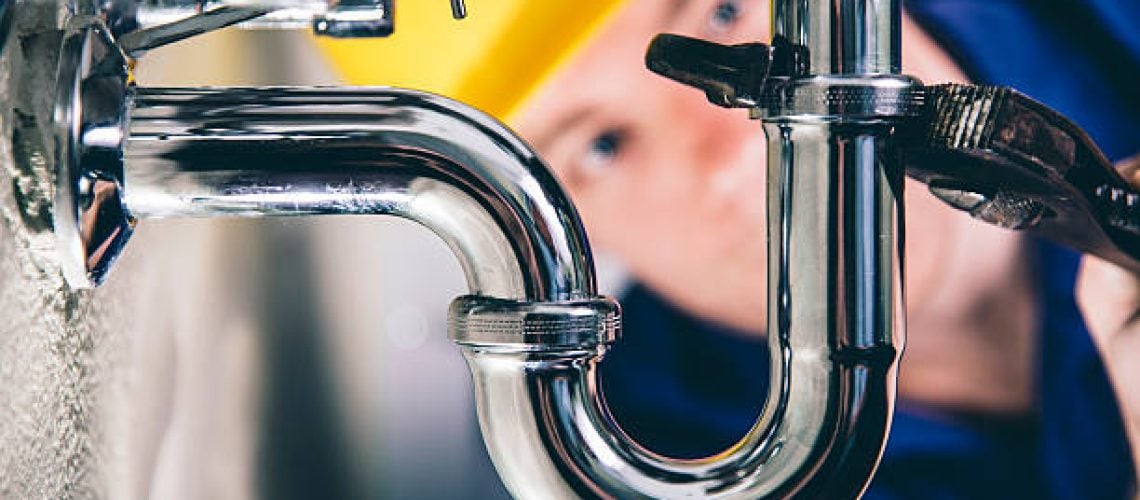How do you really feel in relation to Common Plumbing Problems and How to Prevent Them?

Introduction
Keeping a functional plumbing system is important for a comfortable home. By taking safety nets, you can prevent typical plumbing problems that might disrupt your day-to-day live and sustain costly repairs.
Normal Maintenance Checks
Frequently examining your plumbing system is crucial for identifying prospective concerns before they rise. Check pipelines, taps, toilets, and devices for leaks, deterioration, or signs of deterioration.
See What You Flush
Be mindful of what you flush down your toilets. Avoid flushing products such as wipes, cotton rounds, hygienic items, and paper towels, as these can cause clogs and backups in your pipes.
Appropriate Disposal of Oil and Food Waste
Dispose of oil, oils, and food scraps effectively to stop build-up in your pipelines. Stay clear of putting grease down the drain, as it can strengthen and create clogs. Utilize a strainer in your kitchen sink to capture food fragments and vacant it on a regular basis.
Display Water Pressure
Watch on your water pressure to prevent tension on your pipelines and appliances. High water stress can lead to leaks and damages in time. Consider mounting a pressure regulatory authority to preserve optimum water pressure throughout your home.
Shield Pipes from Cold
Throughout cold weather, take steps to stop your pipes from cold. Shield exposed pipelines, specifically those in unheated areas like cellars and attics. Permit taps to trickle throughout freezing temperature levels to avoid water from cold in the pipes.
Address Leakages Immediately
Deal with any type of leakages or trickles as quickly as you see them. Even minor leaks can waste water and cause damage to your home in time. Tighten loose fittings or replace worn-out seals to stop leakages from worsening.
Be Mild with Plumbing Components
Stay clear of utilizing extreme force when running plumbing fixtures such as faucets and valves. Misuse can trigger deterioration, leading to leakages and various other malfunctions.
Regular Drainpipe Cleaning
Schedule routine drain cleansing to avoid buildup of hair, soap residue, and other particles. Use a drainpipe snake or chemical cleaner to remove obstructions and maintain smooth water drainage.
Mount Water Softeners
Think about mounting a water softener if you have difficult water. Tough water can cause mineral accumulation in your pipelines and appliances, causing minimized water circulation and efficiency.
Inform Family Members
Educate everyone in your home concerning correct plumbing techniques. Teach them what should and shouldn't be flushed or taken care of down the tubes to prevent avoidable plumbing issues.
Verdict
Avoiding typical plumbing concerns in your home requires diligence and routine maintenance. By complying with these safety nets, you can ensure that your plumbing system operates smoothly and prevent expensive repair services in the future.
Expert Tips for Preventing Common Plumbing Issues
Keep Drains Clear and Functional
Regularly clean drain covers and hair-catching devices to eliminate debris and prevent buildup. Avoid disposing of grease, oil, or coffee grounds down your drains, as they can congeal and accumulate over time, creating obstructions. Consider using a biodegradable drain cleaner periodically to break down organic matter and maintain clear pipes. Prevent and Identify Leaks Early
Regularly inspect visible plumbing connections, pipes, and fixtures for signs of moisture or corrosion. Fix loose connections or replace damaged components as needed. Install water leak sensors in high-risk areas such as under sinks, near water heaters, and around washing machines to provide early warning of potential leaks. Monitor your water bill for sudden increases in usage, which may indicate a hidden water leak. Protect Plumbing from Freezing Temperatures
Allow faucets to drip slightly during extremely cold weather to prevent freezing and pressure buildup inside the pipes. Seal gaps and openings in walls, doors, and windows near plumbing to prevent drafts from reaching your pipes. Maintain Optimal Water Heater Performance
Schedule annual professional maintenance of your water heater, including checking pressure-relief valves, flushing sediment buildup, and inspecting for corrosion or leaks. Maintain the manufacturer-recommended temperature setting, typically around 120°F (49°C), to optimize energy efficiency and prevent scalding. Consider installing an expansion tank in your system if you have a closed-loop water supply, which prevents excessive pressure buildup and potential water heater failure. https://www.climatecontrolkc.com/blog/plumbing/tips-for-preventing-plumbing-issues/

I ran across that blog entry about Common Plumbing Problems and How to Prevent Them when surfing the search engines. Remember to set aside a second to distribute this write-up if you appreciated it. Thank you so much for your time spent reading it.
This Page